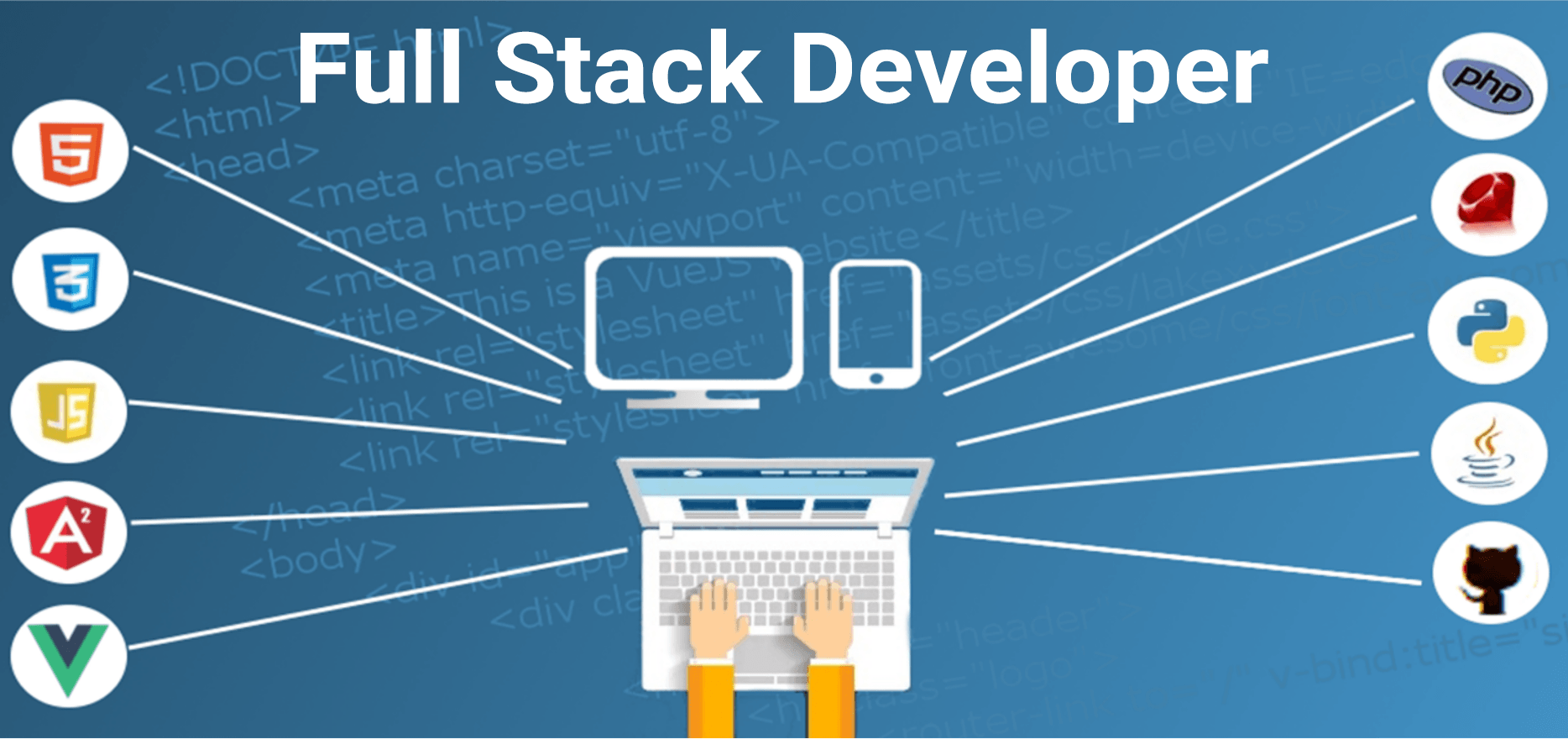Full Stack Development: Everything You Need to Know
Welcome to the world of Full Stack Development! In this comprehensive guide, we will explore everything you need to know about this exciting field. Whether you’re a budding developer, an aspiring tech entrepreneur, or simply curious about the ins and outs of Full Stack Development, this article has got you covered. Let’s dive right in!
Full Stack Development is a term that has gained immense popularity in recent years, and for good reason. It refers to the practice of developing both the front-end and back-end of a website or web application. In simpler terms, a Full Stack Developer is a jack-of-all-trades in the world of web development.
The Role of a Full Stack Developer
Bridging the Gap
One of the primary roles of a Full Stack Developer is to bridge the gap between the front-end and back-end development. They are proficient in programming languages, databases, server management, and client-side scripting. This versatility allows them to handle the entire web development process.
Versatility in Skills
Full Stack Developers possess a wide range of skills, including but not limited to HTML, CSS, JavaScript, Python, Ruby, PHP, and various frameworks and libraries associated with these languages. This versatility empowers them to take on diverse projects.
The Skills You Need
1. Front-end Development
To excel in Full Stack Development, you must have a strong grasp of front-end technologies. This includes mastering HTML, CSS, and JavaScript, which are the building blocks of any website’s user interface.
2. Back-end Development
On the flip side, back-end development involves server-side scripting, databases, and server management. Knowledge of languages like Python, Ruby, and PHP is essential here.
3. Database Management
Understanding databases is crucial, as they store and retrieve data for web applications. Familiarize yourself with database systems like MySQL, PostgreSQL, or MongoDB.
4. Version Control/Git
Using version control systems like Git is essential for collaboration and tracking changes in your codebase.
5. Knowledge of Web Servers
Learn about web servers like Apache and Nginx, as they play a vital role in hosting web applications.
6. Frameworks and Libraries
Explore popular frameworks and libraries such as React, Angular, Django, and Express.js to expedite development.
Advantages of Full Stack Development
1. Cost-Efficiency
Hiring one Full Stack Developer instead of separate front-end and back-end developers can significantly reduce costs for startups and small businesses.
2. Faster Development
Full Stack Developers can work seamlessly across the entire project, leading to quicker development cycles.
3. Better Understanding
A Full Stack Developer understands the holistic view of a project, making it easier to troubleshoot issues and create cohesive solutions.
4. Career Opportunities
Full Stack Development offers a broader spectrum of career opportunities, from freelance work to full-time positions at tech giants.
Challenges in Full Stack Development
1. Skill Mastery
Mastering both front-end and back-end technologies requires dedication and continuous learning.
2. Complex Projects
Handling complex web applications may require collaboration with specialists in certain areas.
3. Keeping Up with Trends
The tech world evolves rapidly, so staying up-to-date with the latest trends and technologies is crucial.
Frequently Asked Questions
What is the role of a Full Stack Developer?
A Full Stack Developer is responsible for both front-end and back-end development, bridging the gap between the user interface and server-side functionality.
How can I become a Full Stack Developer?
To become a Full Stack Developer, start by learning HTML, CSS, JavaScript, and a back-end language like Python or Ruby. Practice building projects to gain hands-on experience.
Is Full Stack Development in demand?
Yes, Full Stack Developers are in high demand due to their ability to handle various aspects of web development, making them valuable assets to businesses.
Can I specialize in either front-end or back-end development as a Full Stack Developer?
While Full Stack Developers have skills in both areas, you can choose to specialize in one aspect if you prefer. However, having knowledge of both is advantageous.
Are there any online courses or resources for learning Full Stack Development?
Yes, there are numerous online courses, tutorials, and coding bootcamps that can help you kickstart your journey into Full Stack Development.
What are some popular frameworks used in Full Stack Development?
Popular frameworks include React, Angular, Django, and Express.js, among others.
Conclusion
Full Stack Development is a dynamic and rewarding field that empowers developers to create entire web applications from start to finish. Whether you’re drawn to the versatility of being a Full Stack Developer or want to gain a deeper understanding of web development, this comprehensive guide has provided you with valuable insights. Embrace the challenges, stay curious, and embark on your journey to becoming a proficient Full Stack Developer.
READ MORE: Exploring the Different Types of Software Development





